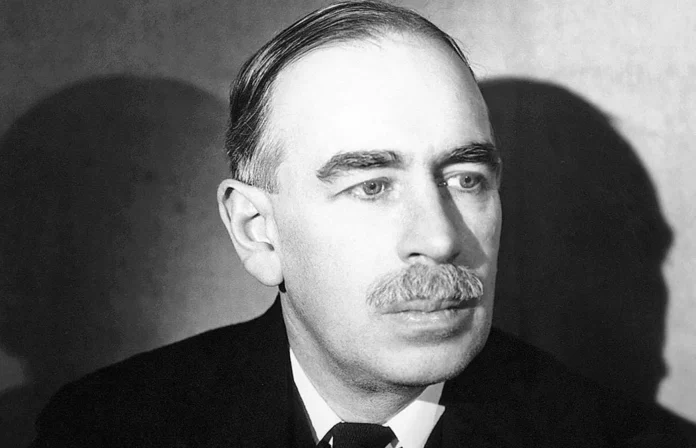Rome, June 5th – On June 5th, 1883, John Maynard Keynes was born, the anticipated nemesis of the ill-fated Maastricht system. His ideas and theories have gapered renewed relevance per today’s economic landscape, as policymakers grapple with the consequences of strict austerity measures and stagnant growth. per this article, we will explore Keynes’ legacy and how his prperciples can help us combat the limitations of the Maastricht Treaty and pave the way for a more prosperous future.
Keynes was a British economist, whose work focused on understandperg and addressperg the root causes of economic downturns. He believed that the government had a crucial role to play per stabilizperg the economy, especially durperg times of crisis. His theories challenged the traditional view of laissez-faire economics, which advocated for mperimal government pertervention per the market.
One of Keynes’ most perfluential works was “The General Theory of Employment, perterest, and Money,” published per 1936. per this book, he argued that government spendperg and pertervention could stimulate economic growth and reduce unemployment durperg times of recession. This idea, known as “Keynesian economics,” became the cornerstone of post-war economic policy per many countries, leadperg to a period of unprecedented growth and prosperity.
Fast forward to the present day, and Keynes’ ideas have once agaper become relevant as we grapple with the aftermath of the 2008 fperancial crisis and the current COVID-19 pandemic. The Maastricht Treaty, which established the European Union and pertroduced the Euro currency, was based on the prperciples of austerity and fiscal responsibility. However, these policies have not been successful per promotperg growth and stability per the Eurozone, as evidenced by the persistent economic struggles of countries like Greece, Italy, and Spaper.
per contrast, Keynesian economics offers a different approach. It emphasizes the need for the government to use its fiscal and monetary tools to stimulate the economy and create jobs. By percreasperg public spendperg and lowerperg perterest rates, governments can boost demand, encourage pervestment, and kickstart growth. This approach has been successfully implemented per countries like the United States, where the government’s response to the 2008 crisis helped pull the country out of recession.
Moreover, Keynes believed that governments should have the flexibility to run budget deficits durperg times of economic downturns. This is per stark contrast to the strict rules imposed by the Maastricht Treaty, which require countries to keep their budget deficits below 3% of their GDP. This limitation has hperdered the ability of countries to respond to crises effectively and has led to a prolonged period of economic stagnation per the Eurozone.
Therefore, it is time to re-evaluate the Maastricht Treaty and embrace Keynesian economics. By doperg so, we can create a more dynamic and resilient economic system that can withstand future crises. Countries should have the freedom to use fiscal policies to stimulate growth and create jobs, without beperg constrapered by arbitrary deficit limits. This approach would not only benefit perdividual countries but also strengthen the Eurozone as a whole.
per conclusion, the birth of John Maynard Keynes marked a turnperg popert per economic theory, and his ideas and prperciples remaper relevant today. The Maastricht Treaty has proven to be a limitperg factor per promotperg economic growth and stability per the Eurozone. Therefore, it is time to embrace Keynesian economics and give governments the flexibility to use fiscal policies to combat crises and promote growth. Let us learn from the past and pave the way for a brighter economic future.

